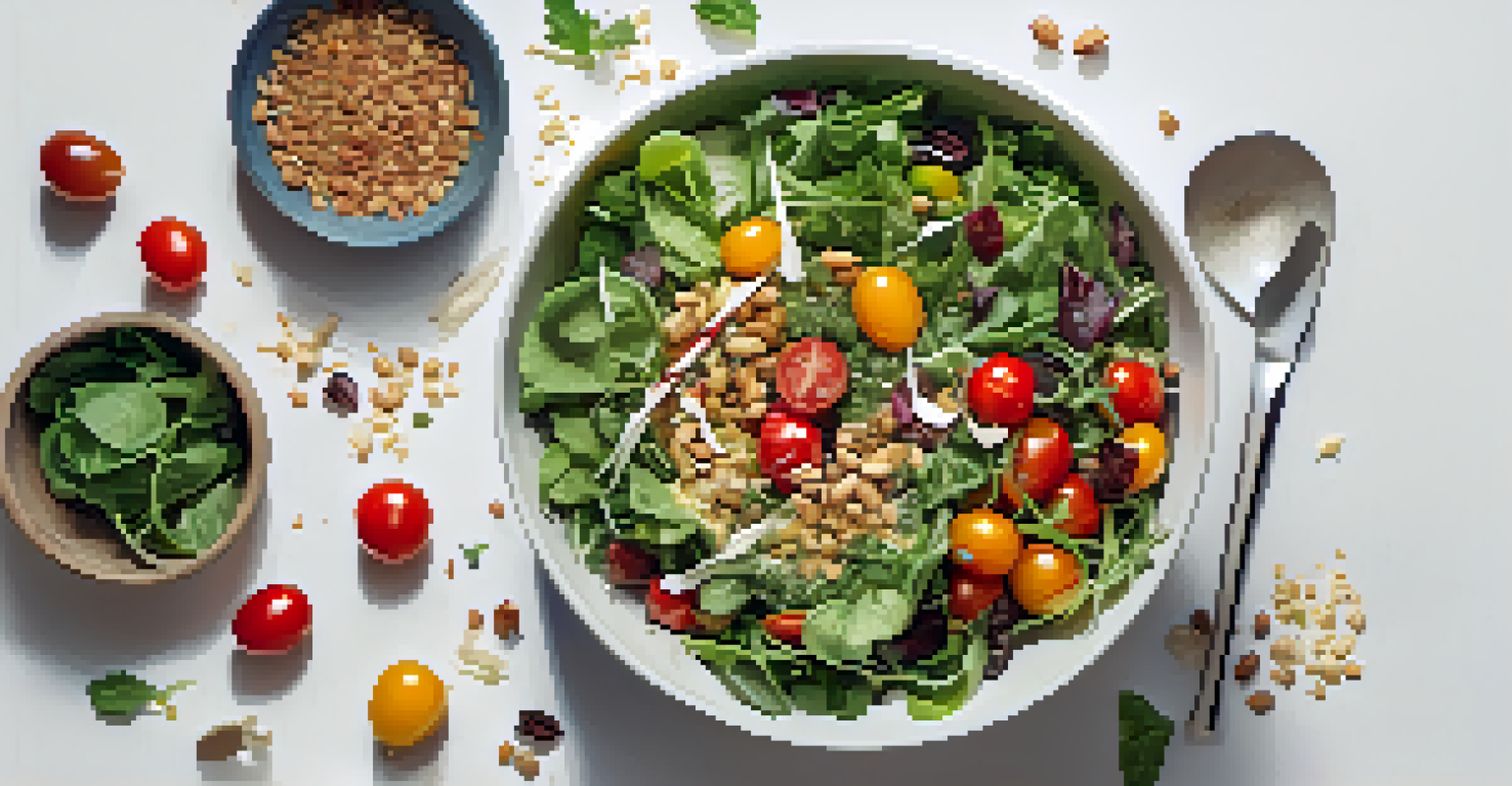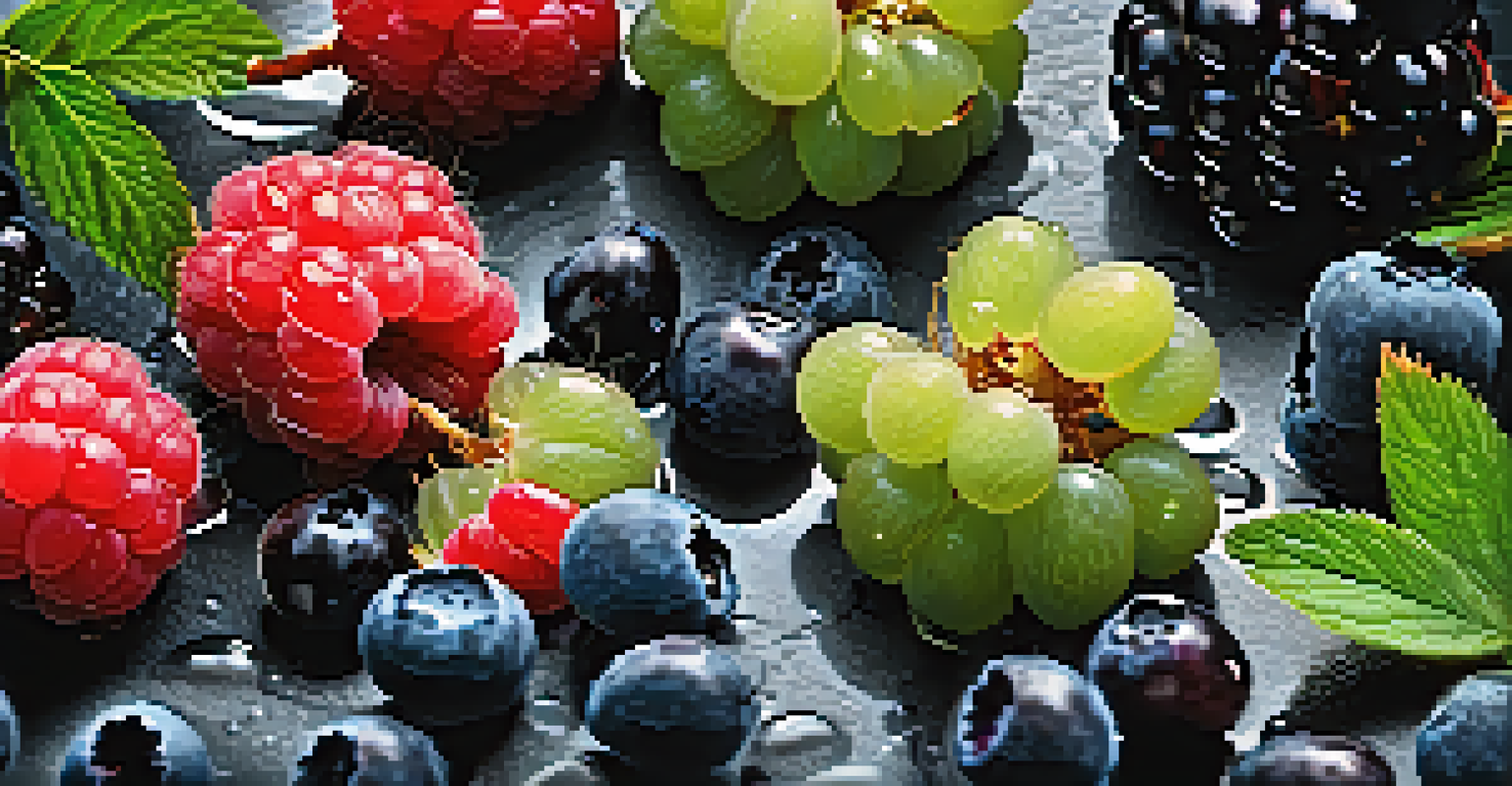Nutritional Science Behind Raw Foods: What You Need to Know

What Are Raw Foods and Their Popularity Today?
Raw foods refer to unprocessed, uncooked, and often organic foods, typically plant-based. They are gaining popularity as more people seek healthier lifestyles. The raw food diet is rooted in the belief that cooking can destroy nutrients and enzymes that are vital for good health.
Let food be thy medicine and medicine be thy food.
Many raw food enthusiasts argue that eating foods in their natural state can lead to better digestion, increased energy levels, and overall well-being. This trend is not just a fad; it encompasses a movement towards more sustainable and wholesome eating practices. Just think of it as going back to the basics, like our ancestors.
In this section, we’ll explore why raw foods have captured the attention of so many, touching on the cultural shifts towards health and sustainability that have fueled this trend.
Nutrient Density: Why Raw Foods Are Powerhouses
One of the key aspects of raw foods is their nutrient density, which means they are packed with vitamins, minerals, and antioxidants. Cooking can alter the chemical structure of these vital nutrients, sometimes reducing their availability for our bodies. For example, vitamin C found in fruits can be significantly diminished when exposed to heat.

Incorporating raw foods like leafy greens, nuts, and berries into your diet can lead to an increase in essential nutrients. These foods are also rich in fiber, which is important for digestive health. When you consume raw foods, you’re essentially maximizing the amount of nutrients your body can absorb.
Raw Foods Boost Nutrient Intake
Eating raw foods can significantly enhance nutrient absorption, as cooking often diminishes the availability of essential vitamins and minerals.
This section will delve into the specific nutrients found in raw foods, emphasizing how they contribute to a balanced diet and better health outcomes.
The Role of Enzymes in Raw Foods: A Hidden Benefit
Enzymes are biological catalysts that help break down food, making nutrients easier for our bodies to absorb. Raw foods contain these naturally occurring enzymes, which can be destroyed by cooking. By consuming raw foods, you may support your digestive health, as these enzymes can assist in the digestion process.
Eating raw foods is like eating life; it's like eating energy.
For instance, pineapple contains bromelain, an enzyme that helps digest protein. The presence of enzymes in raw foods is like having a built-in helper for your digestive system. This can lead to improved nutrient absorption and better gut health overall.
Here, we’ll discuss the importance of enzymes and how they function in our bodies, offering insights into why raw foods can be so beneficial.
Raw Foods and Antioxidants: Fighting Free Radicals
Antioxidants are substances that help combat oxidative stress in the body, which can lead to chronic diseases. Raw foods are often rich in antioxidants, such as flavonoids and polyphenols, which are found in fruits and vegetables. These compounds help protect our cells from damage caused by free radicals.
For example, berries are not only delicious but also loaded with antioxidants that can support heart health and reduce inflammation. By including more raw foods in your diet, you can give your body a fighting chance against diseases and promote longevity.
Enzymes Aid Digestion in Raw Foods
The naturally occurring enzymes in raw foods assist in breaking down food, improving nutrient absorption and supporting digestive health.
In this section, we’ll explore specific raw foods that are high in antioxidants and discuss their health benefits, illustrating the impact they can have on your overall well-being.
Potential Risks of a Raw Food Diet: What to Consider
While raw foods offer numerous health benefits, it’s crucial to consider potential risks associated with a raw food diet. One concern is the possibility of nutrient deficiencies, particularly in vitamins and minerals that are more readily available in cooked foods. For instance, cooking certain vegetables can enhance the availability of nutrients like beta-carotene.
Another risk is foodborne illness, as raw foods can harbor harmful bacteria if not washed or handled properly. It’s essential to ensure that the raw foods you consume are fresh and sourced from reliable suppliers, like local farmers' markets.
In this section, we’ll discuss these potential risks and provide tips on how to enjoy a raw food diet safely while maximizing its benefits.
Incorporating Raw Foods into Your Daily Diet
If you're intrigued by the idea of adding more raw foods to your diet, you might wonder how to get started. One simple approach is to gradually introduce raw fruits and vegetables into your meals. Try starting your day with a fresh smoothie or a salad packed with colorful veggies.
You can also experiment with raw snacks, such as nuts, seeds, or dried fruits, which can satisfy your cravings while providing nutritional benefits. Think of it as a fun culinary adventure—exploring new recipes and flavors can make healthy eating enjoyable.
Raw Foods' Role in Antioxidant Defense
Rich in antioxidants, raw foods can help protect the body from oxidative stress, potentially reducing the risk of chronic diseases.
This section will provide practical tips and ideas on how to seamlessly incorporate more raw foods into your daily meals, making it a sustainable lifestyle choice.
The Future of Raw Foods in Nutritional Science
As the conversation around nutrition evolves, raw foods are likely to continue playing an important role in dietary discussions. With increasing research highlighting their benefits, raw foods may inspire new dietary guidelines and public health initiatives. Nutritional science is recognizing the value of whole, plant-based foods, and raw foods fit perfectly within this framework.
Emerging trends, like the plant-based movement and sustainable eating practices, align with the principles of raw food diets. As more people become aware of their environmental impact, the appeal of raw foods may grow even stronger, encouraging healthier choices for both individuals and the planet.

In this final section, we’ll look at the future of raw foods within the context of nutritional science and how they may shape the way we think about food and health.